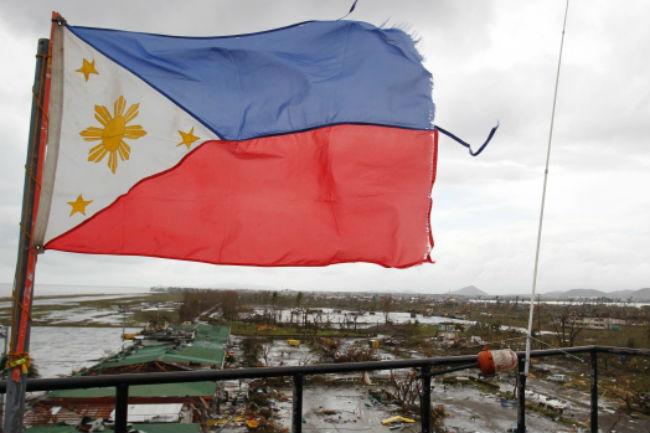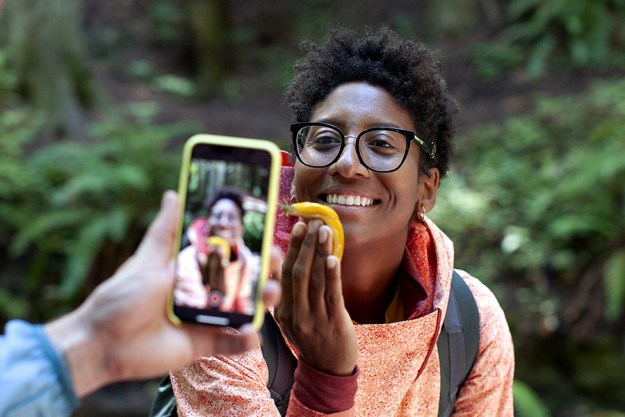
Recently, the Philippines was ravaged by Typhoon Haiyan (locally known as Typhoon Yolanda), unofficially dubbed as the strongest recorded tropical cyclone to hit land, with wind speeds up to 195 miles per hour (Hurricane Katrina was measured at 175 miles per hour). It has left some parts of the country in shambles, with more than 10,000 people believed to be dead in Tacloban alone, one of the cities that received the brunt of the storm. Now that the typhoon is over, various countries and organizations all over the world are promising to come to the Philippines’ rescue in the form of financial aid, equipment, and volunteers.
Additionally, various well-known Web companies are already providing services in their own ways. According to a spokesperson, Google is providing a relief grant to non-government organizations working on the ground – they’ve also launched a landing page with constantly updating resources for Haiyan, including Person Finder, a tool that is currently hosting more than 40,000 records of missing people. Instant messaging service Viber – which has a wide user base in the Philippines – has launched a temporary service that allows Filipino users to call regular (non Viber) numbers outside of the Philippines for free, making it easier for citizens to touch base with their loved ones abroad.
It’s beyond awful to be bombarded by news of a recent natural disaster, and it’s even more devastating for people who were on-site when it happened. But you don’t have to sit in front of your computer feeling depressed over the torrent of social media coverage Typhoon Haiyan is receiving. Armed with a computer and an Internet connection, there’s actually a lot you can do.
1. Make your concerns count
While your prayers, positive thoughts, and condolences are very much appreciated on social sites like Facebook and Twitter, nothing beats actual contribution – since it takes time to send and put together a box of supplies that may help people with no belongings, the most obvious and easiest method to reach out online is by donating money. There are quite a lot of non-government agencies that accept donations online, some of them more reputable than others. Your best bet are those that actually have groups deployed in the Philippines to ensure that your cash goes a long way.
The Philippine Red Cross provides various ways to donate to finance relief efforts that are currently on-site
- World Food Programme will use your donations to quickly fund people who are at present providing emergency food assistance to families and children afflicted by the typhoon
- UNICEF aims to use your money to provide victims with clean water, hygiene supplies, and recovery shelters for children
- Donations coursed through Habitat For Humanity will help create repair kits to be used on homes destroyed by the calamity
UPDATE: If you see this atop your Facebook News Feed, please feel free to click the donate button.

And on Twitter:

2. Follow up your online shopping spree with a donation
The next time you go to your favorite online shopping platform, pay attention to the Donate page that you usually disregard when finalizing your order. EBay and PayPal have jointly responded to the cause by providing a list of non-profits they have partnered with that are working on-site.

Additionally, a list of products whose sellers will donate a portion of the final sale price – anywhere between 10 to 100 percent, which is totally up to the seller – is also featured. According to a blog post announcing the update, “eBay will credit seller fees in proportion to the amount the seller donates per completed transaction, with 100 percent of proceeds delivered to designated non-profits.”
3. Take some online time to help geo-tag social media posts
Twitter has proven to be a powerful tool when it comes to providing breaking news and instant updates – it’s a lot more effective than your usual phone call or text message to your emergency contact because the micro-blogging platform reaches a larger audience that may include agencies that can actually provide assistance. But in some cases, it’s very easy to turn a social media campaign into a trove of irrelevant and outdated content. That’s why it’s necessary for netizens to spring into action and help weed through the abundance of information available.
The Stand By Task Force – an online humanitarian group – has partnered with The United Nations Office for the Coordination of Humanitarian Affairs as well as disaster response site MicroMappers and is seeking volunteers to contribute time to their Crisis Mapping effort, which includes four factors: information collection, visualization, analysis, and response. A part of this campaign involves the use of tweet and image apps to geo-tag various types of social media posts in order to quickly identify tweets relevant to disaster responders.

You can get involved by signing up and indicating your availability. You will then be added to a Skype chat window entitled “Typhoon Yolanda – General Chat”, where you can check for further instructions and link to the platform for the deployment.
4. Use your programming skills for good

Attention, developers: You can join Geeklist’s #Hack4Good Hackathon and help develop various apps and services that can make relief efforts more efficient. Currently, a little under 120 developers have signed up, so do the Philippines a solid and encourage your colleagues, classmates, and hacker friends to get involved. Some of the projects that have been suggested and are currently being developed include an app that will help people find safe routes in devastated areas and relief.io, a map where people can post either their need for assistance or willingness to help. You can learn more about each project’s progress through this tracker document. You can join the hackathon through Geeklist.
5. Go beyond a status update
If you are Internet famous with over a thousand Twitter followers and/or Facebook friends, then sure, a shared link that offers various ways to help will go a long way. However, depending on how many people your followers follow, your post may easily get drowned in the noise. You can easily skate around that by paying for a promoted post.

Facebook charges less than $10 for a post promotion (price depends on several factors, including your geographic location and how many people you’re reaching), which you can easily pay for through PayPal and will cause your update to be marked as “Sponsored” and moved to a more noticeable portion of your friend’s News Feed. As for Twitter, you only get charged when people retweet, reply, favorite, or click on your promoted tweets. You can set your own daily budget as well as the maximum amount you’re willing to spend per follow or click.
Another thing you can do is to set up a fundraising campaign to help the charity of your choice, preferably ones that actually have boots on the ground. Let your Facebook and Twitter friends know that it really is that easy to help out, and if you put your heart and mind to it, there are limitless ways to make a difference through the Web.
 The Philippine Red Cross
The Philippine Red Cross